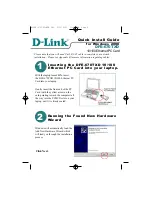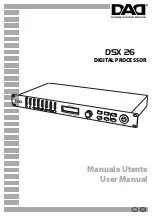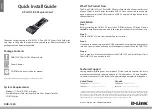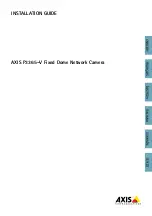
ADCP-93-095 • Rev B • April 2018
Page 20
© 2018, CommScope, Inc.
6.2
Routing Patch Cords on the LGX Bay
When routing patch cords on the LGX bay, allow for a minimum of 6 in. (152 mm) of slack loop
in the vertical trough. This loop aids in the tracing of patch cords and also facilitates removing a
patch cord from the bundle. Additional fiber slack should be expected when installing a set of
pre-connectorized patch cords. Refer to the following topics for patch cord details for a stand-
alone bay, adjacent bays, and non-adjacent bays.
6.2.1
Cross-Connecting Within a Stand-Alone Bay
Cross-connecting within a stand-alone bay (shown in
) may be required when facility
and equipment terminations are intermixed.
Most cross-connection routing within a stand-alone bay should be done with 5 meter (16.5 ft.)
patch cords. Shorter 3 meter (9.9 ft.) patch cords can be used when both ends are terminated in
the top half of the bay.
Use the following procedure to route patch cords on a stand-alone bay.
1. Loop the patch cord across the upper raceway.
2. Route the right side of the patch cord down through the right vertical trough to the LSX
panel where the right side of the patch cord will be terminated.
3. Route the left side of the patch cord down through the left vertical trough to the LSX panel
where the left side of the patch cord will be terminated.
4. Route the ends of the patch cords inward from the vertical troughs to the respective points
of termination. Connect the two ends of the patch cord at the desired adapters.
5. Adjust the slack length at both ends of the patch cord to about equal length and dress the
excess length within the jumper retainers.
Note:
On same side terminations, one end of the patch cord will extend across the midline
for patch cords 2 and 3. On opposite side terminations,
the patch cord will not extend across the midline of the bay.










































